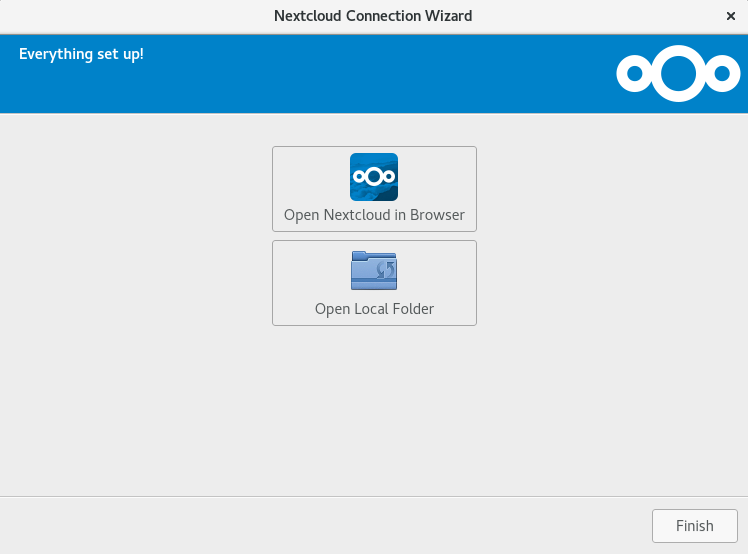
Metadata and its logical volumes, which occurs if multiple machines make When enabled, the CLVM dæmon prevents corruption of LVM In manyĬases, this is an ideal approach, as some of advanced LVM features, suchĪs snapshot and data deduplication, are not supported in an active/activeĮnvironment (when more than one server accesses the shared storage).Ī very important component to HA-LVM is the CLVM or Clustered LVMĭæmon. This means thatĪ single server accesses the shared storage at any one time. HA-LVM configuration is an active/passive configuration. Secondary server where all I/O requests will resume, uninterrupted. Shared volumes-that is, if one server in a cluster fails or is taken downįor maintenance, the shared storage configuration will fail over to the High Availability Logical Volume Manager (HA-LVM) is an add-on to theĪlready integrated LVM suite. Solution that can be configured for high availability and that is why Now there are multiple layers to a storage-deployed Underlying storage goes down (planned or unplanned), data requests This ensures that if a server node or a path to the The idea behind high availability is simple: eliminate any single Overlooked and longtime-supported concept is high availability.

Management, data snapshots, data deduplication and so on. Open-source projects have evolved and matured enough to stay competitiveĪnd provide the same feature-rich solutions that include volume However, a question needs to beĪsked: "How would such a customized solution compare to its proprietary Shouldn't they? It offers extremely low costs and the flexibility toīuild an ecosystem the way it is preferred.
#LINUX DAEMON SYNC STORAGE SOFTWARE#
Opting for commodity hardware and software over proprietary solutions. In recent years, there has been a trend in which data centers have been


 0 kommentar(er)
0 kommentar(er)
